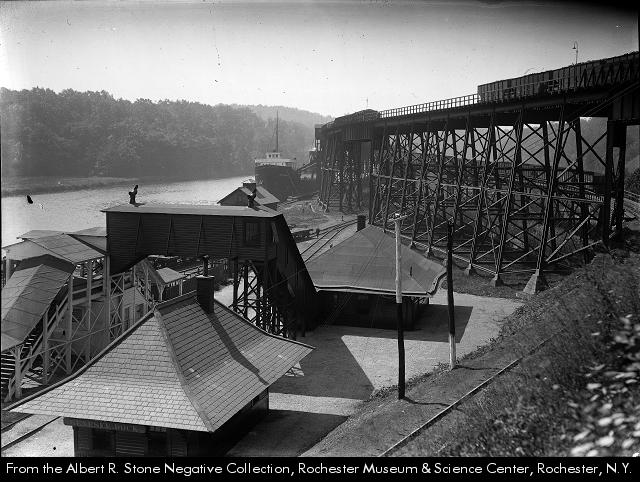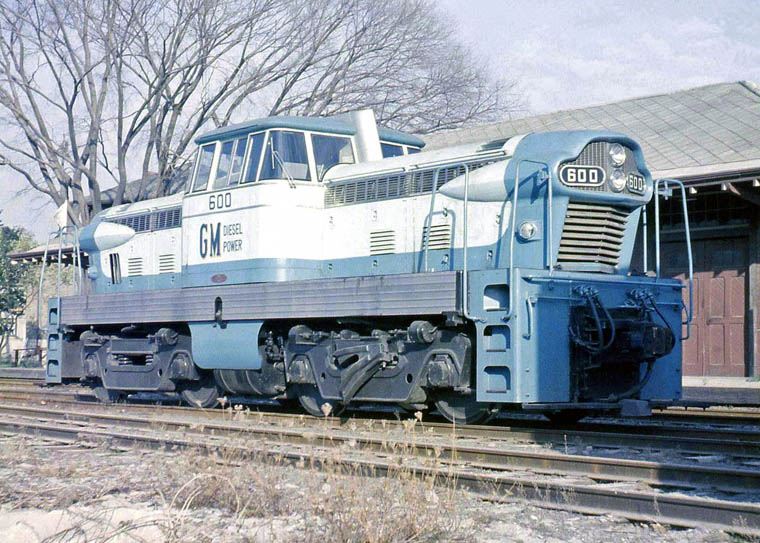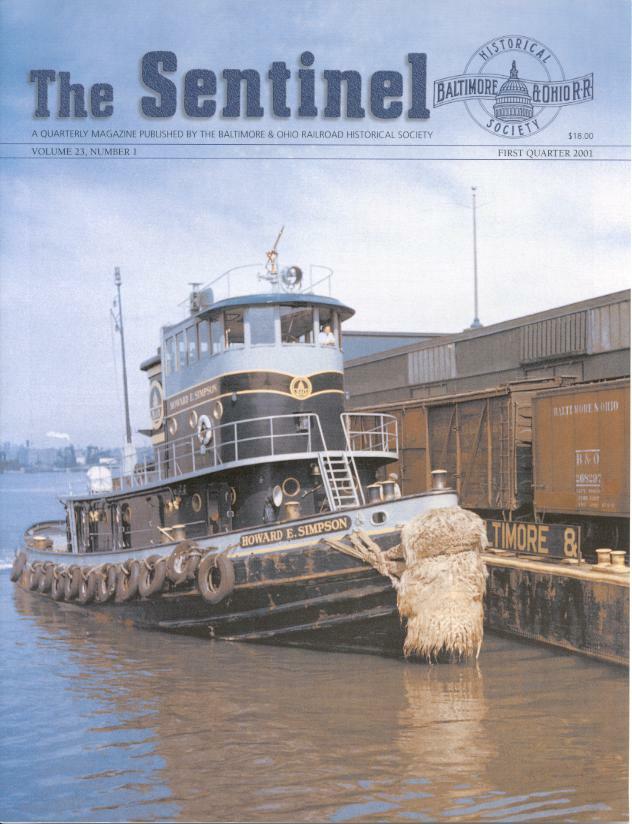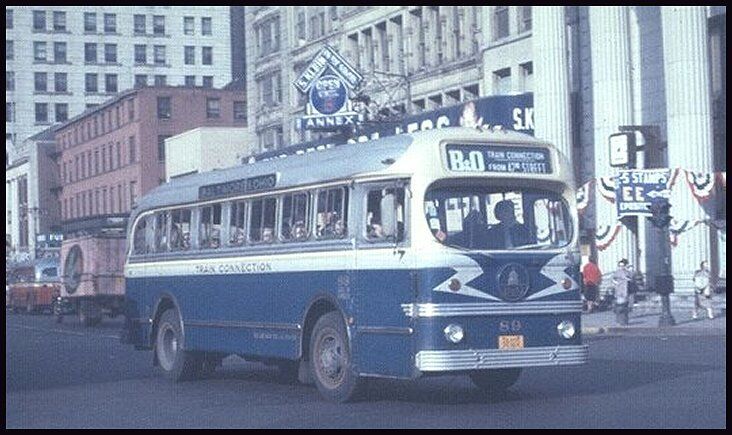There was a bit more to the operation than this. Interestingly enough, the first reference to this service I remember reading (I think in one of the Beebe books) said the buses used one of the tunnels (I remember it saying Lincoln, but Holland would make more sense) and it was only much later that I found out about the ferries to Liberty Street. We had a thread on this, with some Mike MacDonald content, in 2014:
http://cs.trains.com/ctr/f/3/t/230410.aspx
An interesting point came up a couple of years ago. The bus facilities within the Jersey City terminal were accessible to private cars! If you made a phone call to a special number listed in the timetable, you could reserve a spot on the same ferry as the official bus, and after it was turned around and had left, you could drive right up to your car’s vestibule to let someone off to get on the train (or, presumably, pull up to the baggage car to unload luggage from the trunk). Now, that’s a feature PRR would find very, very hard to match…
The principal terminal was in perhaps the most notable of surviving New York Art Deco buildings, the Chanin building, with a loop so the bus could quickly turn around without negotiating much traffic. Other stops included 9th St. (at what was then Wanamaker’s) and the Hotel Vanderbilt.
There was also a terminal at Columbus Circle, originally using the 23rd St. ferry and 8th Av, stopping along the way at the New Yorker and the Lincoln;
another at Rockefeller Center (on a route that used the then-glorious West Side Highway), stopping at the Taft and Victoria;
34th St. (pointedly not mentioning you-know-what) via 7th Av., stopping at the Governor Clinton, Pennsylvania (of 6-5000 fame), McAlpin, and Vanderbilt;
and Brooklyn, first to a loop near Boro Hall and the St. George, later to the Eagle Building.
I do not know if the bus driver would stop to let passengers out at intermediate points.
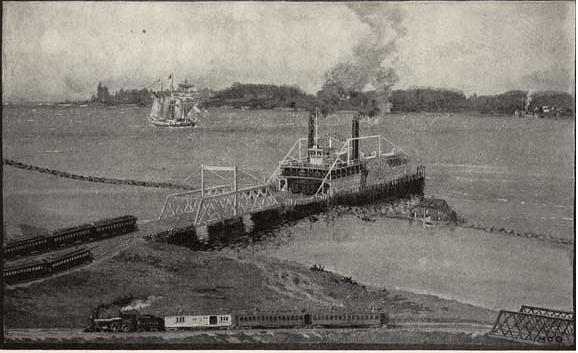
![]()
